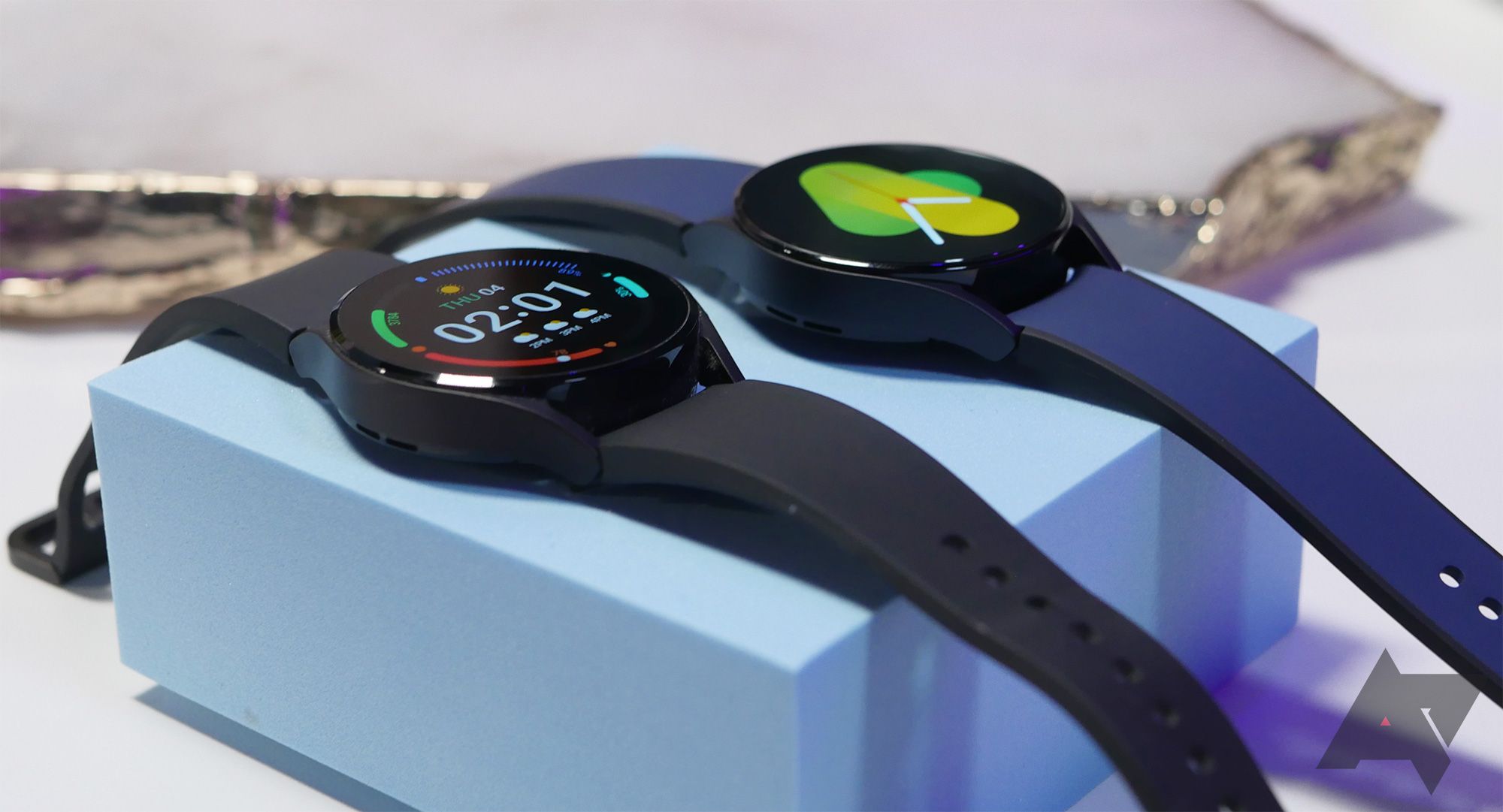In a recent article published in the journal Nature, researchers from the United States of America highlighted the potential of wearable ultrasound technology in revolutionizing healthcare by providing real-time monitoring of various physiological processes. Unlike traditional ultrasound devices used in hospitals, wearable ultrasound devices offer continuous monitoring capabilities, making them suitable for high-risk patients, remote areas, and chronic condition management.

Background
In healthcare, continuous monitoring and early detection of health conditions have become vital for improving patient care and outcomes. Traditional ultrasound devices, while effective in clinical environments, are limited in their ability to provide ongoing monitoring outside of traditional healthcare settings.
The emergence of wearable ultrasound technology stems from the demand for noninvasive, real-time monitoring solutions that can capture physiological signals from deep tissues in a convenient and user-centric manner. Unlike current wearable devices, which primarily focus on surface-level data collection, wearable ultrasound devices offer the potential to delve deeper into internal structures and dynamic bodily processes.
Studies Highlighted in the Review
The development of wearable ultrasound technology involved a series of technical steps to ensure functionality, reliability, and user-friendliness. The process began with the design and fabrication of compact ultrasound probes that could be easily attached to the skin using bioadhesives. These probes were engineered to emit high-frequency sound waves into the body and capture the reflected signals to generate real-time images of internal structures.
To address the challenge of maintaining a good acoustic interface for high-quality imaging, a specialized ‘couplant’ layer made of a hydrogel-elastomer hybrid was developed. This layer served as a soft yet tough, anti-dehydrating, and bio adhesive material to ensure a robust and flexible connection between the ultrasound probe and the skin.
The ultrasound probes were integrated with miniaturized wireless control electronics to enable real-time data transmission to external devices such as smartphones or tablets. This wireless communication system was designed to handle vast data streams from continuous imaging, ensuring seamless monitoring of physiological signals from deep tissues.
Advanced AI algorithms were implemented to enhance image clarity, filter out motion artifacts, and reduce false alarms during data analysis. These neural networks and generative AI models were trained to interpret ultrasound images accurately and alert clinicians or users to potential health concerns, improving the accuracy of continuous monitoring.
Furthermore, efforts were made to make the bio adhesive couplant adjustable to fine-tune the direction of sound waves, ensuring precise imaging even as the wearer moved around. This adjustment process initially required manual alignment by clinicians to maintain the probe’s correct orientation.
Results and Discussion
The development of wearable ultrasound technology has yielded promising results in advancing the field of healthcare monitoring and diagnostics. The compact ultrasound probes, integrated with miniaturized wireless control electronics and bio adhesive couplant layers, have demonstrated the capability to provide continuous, high-quality imaging of deep tissues in real time.
One of the key achievements of this technology is its potential to enable early detection of various health conditions, such as heart failure, abdominal aortic aneurysms, and deep vein thrombosis. By offering constant monitoring of high-risk patients and tracking fetal health in pregnancies, wearable ultrasound devices have the capacity to enhance healthcare outcomes and improve patient management strategies.
The integration of advanced AI algorithms into the data analysis process has shown promising results in enhancing image clarity, reducing false alarms caused by motion artifacts, and improving the accuracy of continuous monitoring. These AI-assisted systems have the potential to interpret diagnostic data more efficiently, alerting clinicians or users to significant health concerns for further examination.
Challenges such as refining the durability, flexibility, accuracy, and battery life of wearable ultrasound devices have been addressed through innovative solutions and technological advancements. The development of fully integrated, wireless, and wearable ultrasound systems represents a significant step towards realizing the full potential of this technology in personalized medicine and healthcare monitoring.
Collaboration between researchers, engineers, clinicians, and regulatory bodies has been instrumental in driving the progress of wearable ultrasound technology. Establishing regulatory pathways for the safe and effective integration of these devices into clinical practice is crucial for ensuring patient safety and efficacy.
Conclusion
The integration of wearable ultrasound devices into daily life has the potential to transform healthcare by enabling proactive health management and early detection of various health conditions. Collaboration between researchers, engineers, clinicians, and regulatory bodies is essential to overcome technical challenges, ensure data privacy, and establish regulatory pathways for the safe and effective integration of wearable ultrasound devices into clinical practice. Ultimately, the widespread adoption of wearable ultrasound technology could revolutionize how we monitor chronic conditions and understand human biology at a systemic level.
Journal Reference
Wang C. and Zhao X. (2024). See how your body works in real time — wearable ultrasound is on its way. Nature 630, 817-819. DOI: 10.1038/d41586-024-02066-5,


